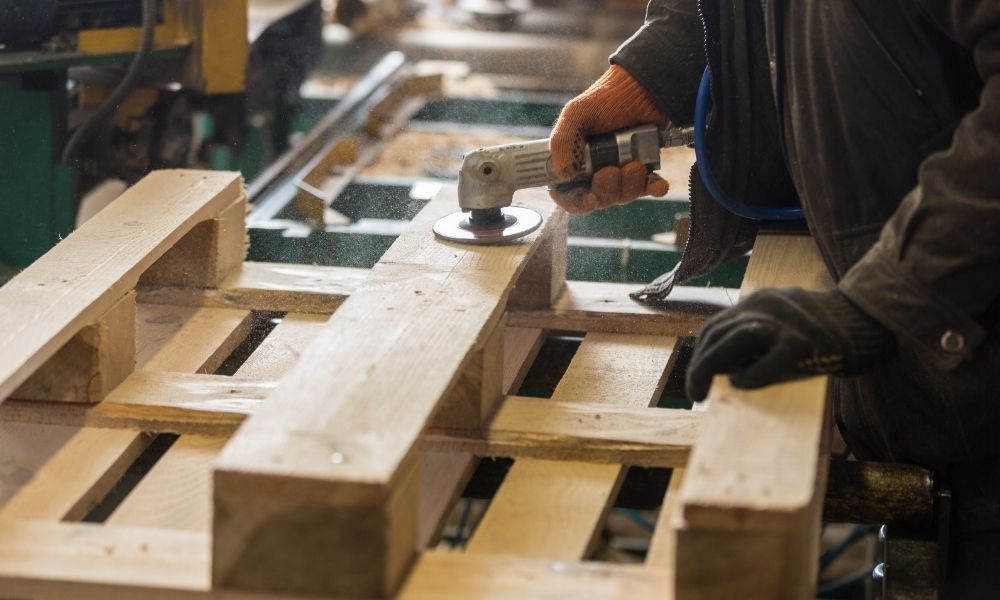Wooden pallets are one of the most popular and practical types used throughout the industry. What many buyers may not realize is the multiple factors that affect their prices. All wooden pallets aren’t sold at a standard price. There are many details in the manufacturing process alone that impact this. For the factors that affect the prices of pallets, read below.
Materials and Hardware
One of the first major details that’ll always affect the pricing of a product is the materials it’s made of. Wooden pallet prices are affected heavily by the lumber price. Both hardwood and softwood can be used to make wooden pallets. Economic concerns include the demand for wood from different industries, costs for trucking and transportation, lumber tariffs, and trade issues. Concerns such as forest health, government regulations, and forest and mill locations are all common environmental issues that will affect costs. To ensure durability in the pallets, plenty of hardware goes into the production. Similar to pallets, nails are a high-cost commodity; they’re affected by tariffs, transportation costs, and other demands of steel (such as disaster relief rebuilding.)
Costs of Labor, Treatments, and Repairs
While some wooden pallets are produced by hand, others are produced using robots and machinery. Machine technology allows the company to produce at a lower labor cost, which decreases the price of pallets. Heat treatment is a vital part of wooden pallet manufacturing for the consumer. Like everything else, the labor that goes into this process costs money. Pallets shipped internationally require a treatment involving the heating of the wood to 140 degrees for 30 minutes to kill any bacteria and pests infesting it. There’s also a market for recycled pallets. These are pallets that have been weakened or broken which are sent back to a pallet distributor for refurbishing. In some cases, the cost will go up because of intense labor that goes into refurbishing the pallet—but if they’re sold used, the cost will be lower than buying a new one.
Pallet Size and Quality
Lastly, some final factors that affect the price of pallets are the size and grade. The grade of a pallet determines its quality and is also one of the biggest determining factors of the pallet’s cost. If you’re looking to purchase one that’s more durable and longer lasting, then you’ll want an A-grade pallet. If you’re looking for one that does the same job overall, but is less expensive, go with a B-grade pallet. When it comes to size, standard pallets measure at 48×40 inches. Many companies, though, have custom pallets designed to hold special products. Pallets designed to be large or in specific shapes will cost more.
First Alliance Logistics Management is a leading source if you’re looking to buy recycled pallets. Here you will find high-quality used wooden pallets, which will help save your enterprise money and at the same time help it thrive.

